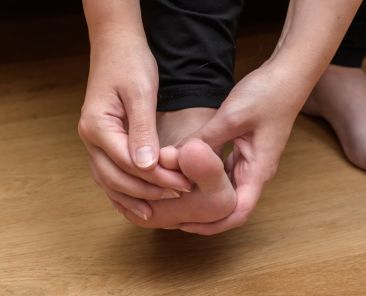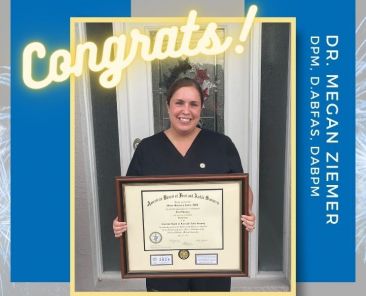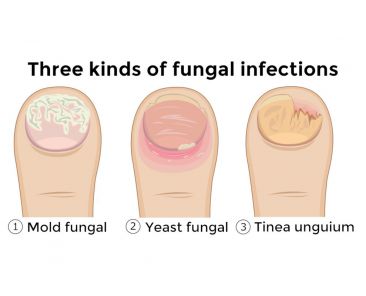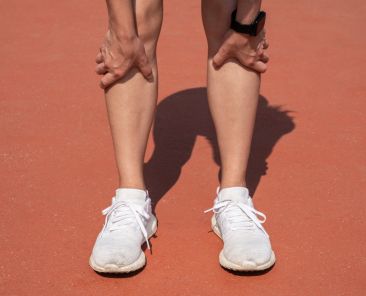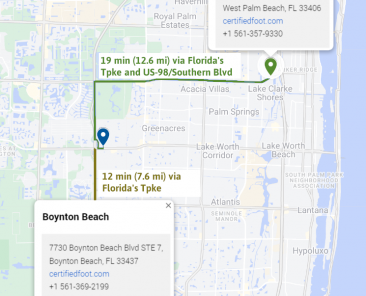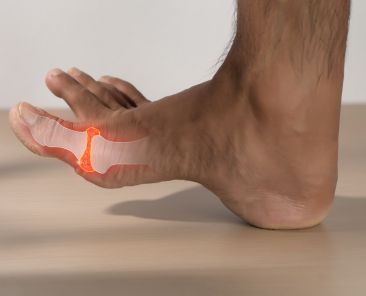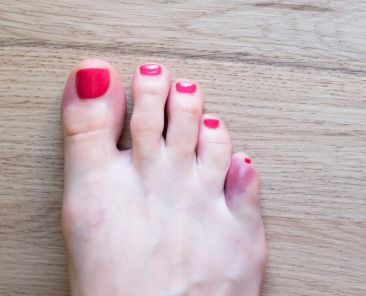Discover the causes and treatment for big toe numbness. Learn practical tips to alleviate discomfort and improve foot health.
We are thrilled to announce that Dr. Megan Ziemer, a dedicated foot surgeon at Certified Foot and Ankle Specialists, is now Board Certified in Foot Surgery by the American Board of Foot and Ankle Surgery (ABFAS). This prestigious certification is recognized as the gold standard in the field of foot and ankle surgery, underscoring Dr. Ziemer’s exceptional expertise and commitment to providing the highest quality of care to her patients at our foot clinic in Palm Harbor.
Toenail fungus, also known as onychomycosis, includes several types of fungal nail infections. The most common type is distal subungual onychomycosis, which often starts at the tip of the nail and spreads inward, causing discoloration and thickening.
In the intricate network of muscles that power our movements, the Tibialis anterior stands out as a pivotal player. Nestled along the front of the shin bone, or tibia, this muscle quietly orchestrates crucial actions that often go unnoticed—until something goes wrong.
It is with great consideration for our patients’ needs that we announce the closing of our Lake Worth office at 7775 Lake Worth Rd, Lake Worth, FL 33467.
Hallux rigidus, a type of degenerative arthritis affecting the big toe joint, can be a real pain—literally. If you’re between the ages of 30 and 60 and have experienced stiffness or pain in your big toe, you might be dealing with this condition.
Athlete’s foot, also known as tinea pedis, is a common fungal infection affecting the skin on the feet. It’s caused by dermatophytes, a group of fungi that thrive in warm, moist environments like locker rooms, showers, and swimming pools.
“Why do I have a broken and painful pinky toe?” It’s a question that often arises when faced with such discomfort. The pinky toe, while small, plays a significant role in maintaining balance and stability.
